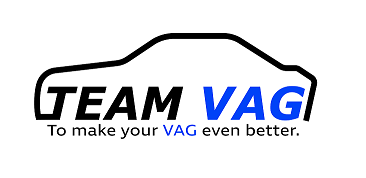Motor EA888 GEN 1

The 2.0 TSI EA888/1 is known by following codes: CAWA, CAWB, CBFA, CCTA, and CCTB. Just like 1.8 TSI, the 2.0l engine has a cast-iron cylinder block with the 88 mm (3.46 in) cylinder spacing and 220 mm height. The displacement growing was achieved by the new forged steel crankshaft with 92.8 mm (3.65 in) stroke while the bore size was kept the same. Also, the engine has the short connecting rods (144 mm) and other pistons lower the compression ratio to 9.6:1. The engine block is equipped with two chain-driven counter-rotating balance shafts.
The aluminum 16-valve cylinder head of 2.0 TSI is similar to the 1.8TSI head. There are two intake and two exhaust valves per each cylinder. The intake valve diameter is 34.0 mm; the exhaust valve diameter is 28.0 mm; stem diameter for both valves is 6 mm. The valvetrain has low-friction roller finger cam followers and hydraulic tappets, for valve clearance compensation. The intake and exhaust camshafts are on top of the head and they are driven by the timing chain. The intake camshaft is equipped with the variable intake valve timing system. The 2.0 TSI Gen1 has direct fuel injection with homogeneous mixing. The low-pressure fuel pump mounted in a tank delivers fuel to the high-pressure pump supplying up to 190 bars (2,760 psi) of fuel pressure for the six-hole fuel injectors. The high-pressure injection pump is driven by a four-lobe cam on the exhaust camshaft. The engine also has the electronically controlled ignition with long-life spark plugs and four individual single spark coils.
The engine is turbocharged by the water-cooled and integrated into cast iron exhaust manifold turbocharger KKK K03 with the max boost pressure of 0.6 bar (8.7 psi). The compressed intake air goes through the plastic variable geometry intake manifold. The whole operation is controlled by ECU Bosch Motronic MED 17.5. The 2.0 TSI Gen1 with 2 lambda probe sensors meets the European emission standard Euro 4 (CAWB, CAWA engines) and ULEV 2 (CCTA, CCTB engines); CCTA version has 3 lambda probe sensors and meets the Californian SULEV standard.











































